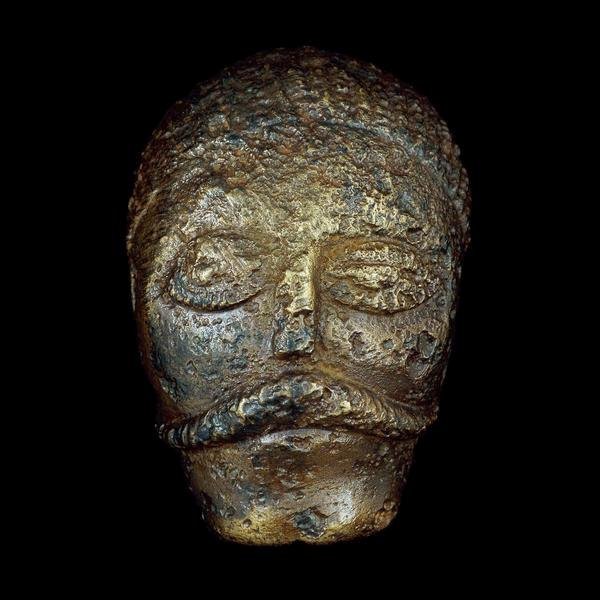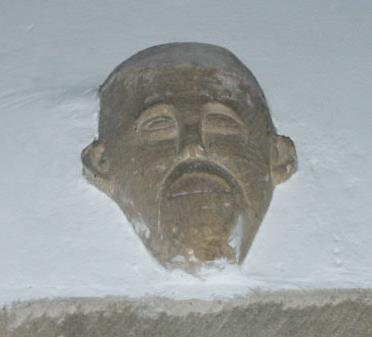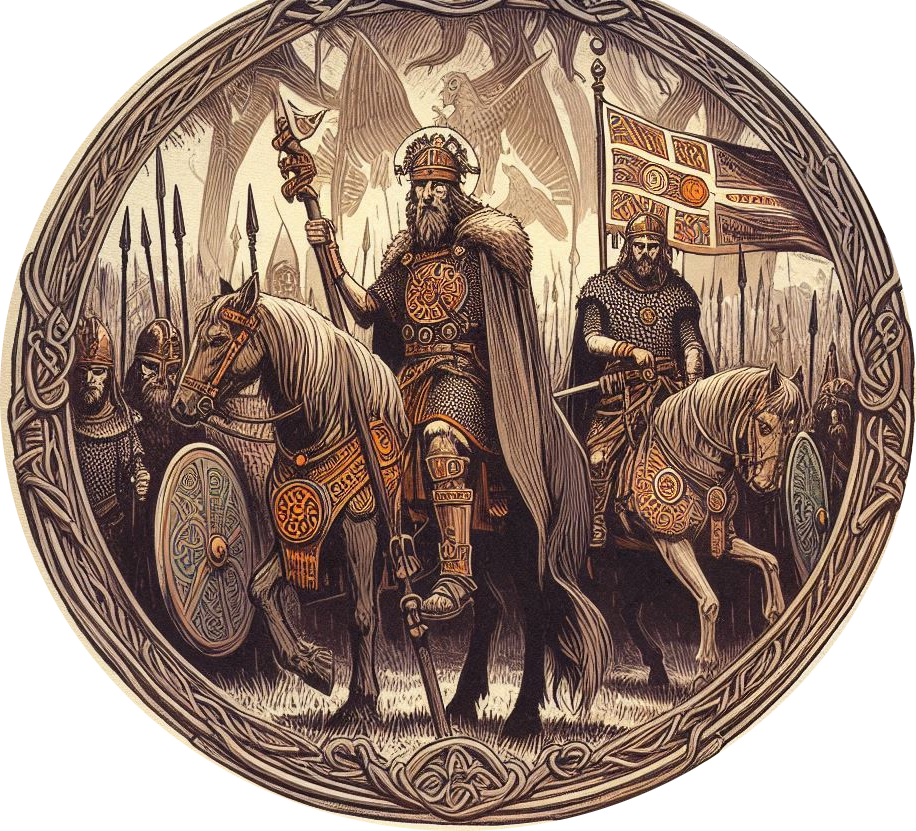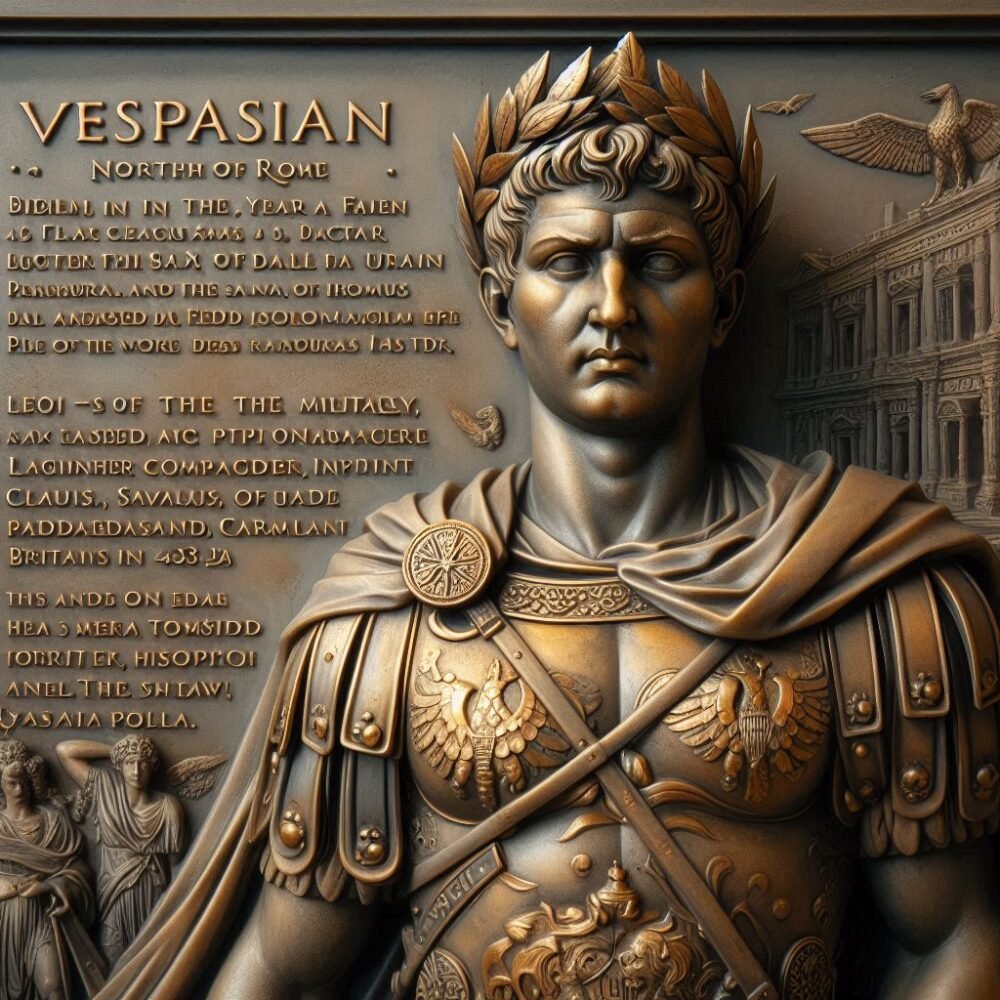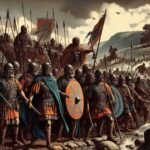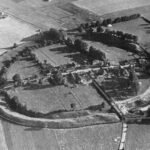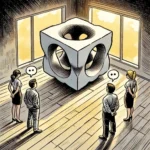Congruence in Archaeological Interpretation: Holistic Analysis
In archaeology, congruence refers to the alignment or consistency between various elements of evidence, data, and interpretations. It is the principle that all parts of a research question should fit together seamlessly to offer a coherent and reliable understanding. When there is a lack of congruence—when one or more pieces of evidence contradict or fail to align properly—it often leads to inappropriate or incomplete interpretations of the data.
A recent example of this occurred with the interpretation of a Roman inscription from Brigantia, where the word IMP (imperator) was omitted. Researchers decided that this omission was a simple error—assuming that the word had been mistakenly left out. However, this interpretation failed to consider the whole context, including the surrounding evidence, particularly a statue that clearly depicted symbols of imperial power. The statue’s iconography—objects that signify imperial authority—was ignored in the discussion, and if taken into account, it would have likely prevented the flawed conclusion. This oversight highlights the importance of congruence: data must be considered in the context of all available evidence, rather than focusing narrowly on isolated pieces of information.
What’s even more concerning is that this initial interpretation, although potentially erroneous, has since been accepted as conclusive and has been passed on unchallenged for many years. This uncritical acceptance of previous findings demonstrates how the lack of congruence—failing to align all the evidence—can perpetuate flawed conclusions and become embedded in the body of knowledge. These unchecked assumptions can then influence generations of researchers, leading them down a path of misunderstanding. The inscription, when considered with the statue and other supporting evidence, strengthens the idea that Brigantia was not only significant to the Romans but also highly revered by the native population. This reinforces the suggestion that Brigantia was one of the most important deities in the British Isles, at least in the Roman context.
This issue becomes even more pronounced when we consider the broader context of other Brigantian inscriptions. One inscription, though not definitively conclusive, seems to align Brigantia with the term AUG (augustus), a term typically used for the emperor and suggesting a connection to imperial authority. This further bolsters the idea that Brigantia had imperial significance, both to the Romans and to the local population. Yet, this evidence is often overlooked or dismissed in favour of the original interpretation, which neglected congruence in its analysis.
The Importance of a Holistic Approach
The lesson here is clear: to avoid misinterpretation, we must take a holistic approach to archaeological research. When examining evidence, it is vital to consider all available data, not just the isolated pieces that confirm preconceived ideas. This means asking critical questions about the connections between different forms of evidence, from inscriptions to material culture to iconography. Are the interpretations you’re working with congruent with all the evidence, or are some aspects being overlooked or disregarded?
Archaeological conclusions are not static. They evolve as new evidence is discovered, as new theories emerge, and as old assumptions are challenged. This is why we must constantly ask: did the previous research you are building on take a similarly holistic approach? Was all available evidence considered? Or was some evidence ignored because it didn’t fit with the prevailing narrative?
Research Bias and Political Manipulation
In addition to a lack of congruence, research bias can significantly influence how data is interpreted. Biases—whether due to personal beliefs, political agendas, or institutional pressures—can lead to a selective interpretation of evidence. Sometimes, researchers may avoid questioning established conclusions because it could “rock the boat” or challenge accepted wisdom. This is particularly true when it comes to politically sensitive topics or when it might cause discomfort within academic or cultural circles.
For instance, research that challenges the dominant narrative may be seen as controversial, leading to resistance or dismissal by peers who are invested in maintaining the status quo. This is where political manipulation in research can occur—whether intentional or not, biases can lead to the exclusion of evidence that contradicts the prevailing story. And when such biased conclusions are disseminated widely, they become “settled knowledge,” even if they were never rigorously tested or critically examined.
The Call for Critical Reassessment
To avoid these pitfalls, we must adopt a mindset of constant reassessment. This means regularly revisiting conclusions—our own included—and asking whether the evidence supports them in a congruent, holistic way. Archaeologists should actively seek out data that challenges their interpretations, and they should be willing to revise their views when new evidence arises.
At Brigantes Nation, we believe that critical thinking and congruence are not just academic exercises—they are essential for developing a more accurate and nuanced understanding of the past. We must not become complacent in our research, assuming that what we know today is the final truth. The knowledge of the past is fluid, and the more we examine it, the clearer it becomes that many conclusions have yet to be fully understood. By applying a holistic approach and embracing the process of critical reassessment, we can better align our interpretations with the truth, avoiding the trap of accepting flawed conclusions based on incomplete or biased evidence.
Conclusion: Moving Forward with a Holistic Lens
In the end, the failure to apply congruence in interpreting data is not just an academic misstep; it’s a missed opportunity to truly understand the complexity of history. In the case of Brigantia, the initial omission of the word IMP in the inscription might have gone unchallenged for decades, but by taking a broader, more congruent view of the evidence, we can uncover a richer, more accurate picture of the past. As researchers and as human beings, we must be willing to question our assumptions and challenge the status quo, recognizing that knowledge is always evolving, and true understanding comes from embracing the full complexity of the evidence before us.
This holistic approach is essential not only for archaeology but for all areas of life. By looking at the full picture and embracing the possibility of new insights, we can avoid the pitfalls of narrow thinking and work toward a more complete, nuanced understanding of the world around us.


